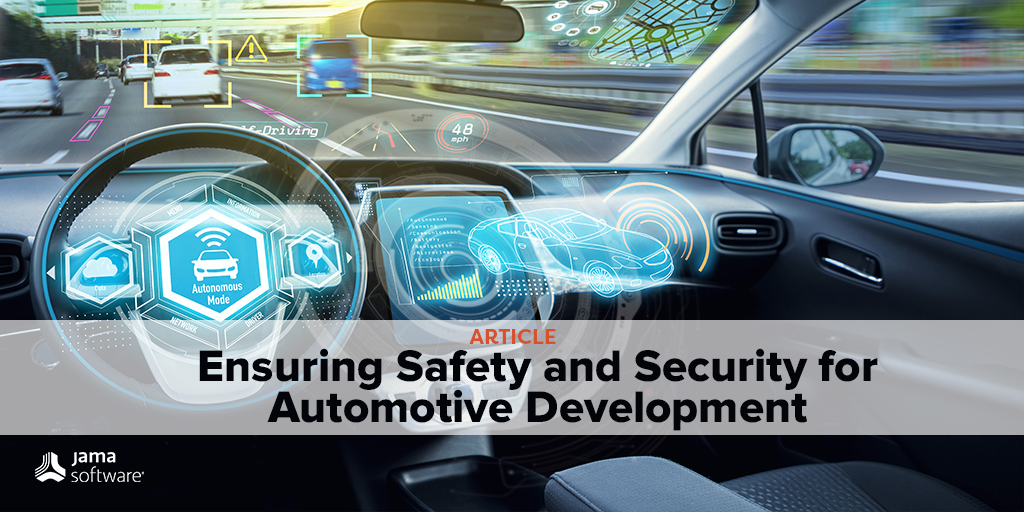2024 Predictions for Automotive Product, Systems, and Software Development
As the automotive landscape accelerates into 2024, we want to better understand and discuss what is driving change in the development of products, systems, and software, and how teams are evolving to address these complexities.
Jama Software® asked selected thought leaders — both internal Jama Software employees and our external partners — across various industries for the trends and events they foresee unfolding over the next year and beyond.
In part one of this six-part series, we asked the following industry experts to weigh in on the automotive product, systems, and software trends they are anticipating in the coming year:
- Steve Neemeh — CEO / CTO of LHP Engineering Solutions
- Christian Schrader — Technical Lead for Automotive, Ansys
- Judy Curran — CTO Automotive, Ansys
- Matt Mickle – Director, Solutions and Consulting, Jama Software
- Steve Rush – Principle Solutions Consultant, Jama Software
We like to stay on top of trends in other industries as well. Read our predictions for Aerospace & Defense HERE, Industrial & Consumer Electronics (ICE) HERE, Medical Device & Life Sciences HERE, SoftTech HERE, and Product & Engineering Teams HERE.
2024 Predictions for Automotive Product, Systems, and Software Development
STEVE NEEMEH: Electrified power continues to be at the forefront of today’s automotive industry. Governments are driving this prioritization through regulation. For example:
-
- Norway: The first in the world, aims to have 100% zero-emission cars by 2025.
- Netherlands: 100% electric vehicle sales by 2030.
- India: 30% electric mobility by 2030.
- China: 20-25% of new car sales to be electric by 2025.
- France: Ban on fossil fuel-powered vehicles by 2040.
- UK: Ban on the sale of new petrol and diesel vehicles by 2030 and hybrids by 2035.
- USA: California leads the way with executive order N-79-20 which sets a 2035 date for ZEV sales.
- Germany: Ban on combustion engines by 2030
The mainstream acceptance of electric vehicles took a huge step over the last decade but will hit roadblocks along the way going forward, as the infrastructure, engineering tools and capability, supply chain, and consumer acceptance, slowly catch up with the dream of pure clean mobility.
The trends are moving towards software and software-enabled and defined vehicles. Although clean technology powers vehicles, software can make it a reality by overcoming some of these challenges. Connected vehicles, optimized power management, services on-demand, improvements in reliability and maintainability, and, of course, autonomy, are all powered by software.
CHRISTIAN SCHRADER: SDV – Software Defined Vehicle. The value perceived by the driver and the passengers today is largely driven by software: GPS, autonomy functions, virtual displays in the car including head up display (HUD), infotainment system, connectivity with mobile devices, cloud services, over-the-air updates. Also new value recognition (paid software services in the car/cloud).
Classic Autosar control applications will remain an ongoing topic for classical subsystems: steering, braking, headlamp control, battery etc.
JUDY CURRAN: As far as how the vehicle looks:
- Lighting design continues to differentiate sports utility vehicles( SUVs) and trucks between original equipment manufacturers (OEMs.)
- Potential move back to new car-like body styles after years of SUVs, cross-over utility vehicles (CUVs.) Aerodynamics are improved in cars, and cars are less expensive to help offset the cost of electric vehicles (EVs.)
- Growth of smaller vehicles, and/or less contented vehicles as cars are becoming unaffordable; for example, less leather, more man-made leather likes. Less buttons; everything on the screen. However, there will still be a growing number of premium vehicles which will be highly contented. We will see many high price vehicles, and a drive toward a larger group of low-priced vehicles. The middle class is getting pushed out of the middle-priced vehicles. Most OEMS will want to win the business of the high price vehicles for obvious reasons.
- Less vehicle refreshes; it is too expensive to do a minor facelift. Customers don’t expect these any longer. Components will be used for a longer number of years, and potentially across vehicles to save money.
As far as how the vehicle operates:
- More EVs, but not 100% anytime soon. Not affordable… see biggest challenges.
- More software driven features; again, cheaper to change only the software, not the hardware to offer a new feature like automated braking, or stop-go
- Moreover, the air-software drops; OEMs able to solve quality issues with improved software releases, and charging customers for new features after the original sale of the vehicle.
- Most valuable features for customers are assisted driving, or improved experiences. Less customer chatter about 0-60, hp, drive and handling, etc. — more about keeping customers safe and making their lives easier.
- Autonomy continues to be quite a way out in the future; more ADAS features.
MATT MICKLE: One of the biggest shifts that we see is moving from internal combustion engines (ICE) to EV, we see this across the board largely due to regulations that back the production of electric vehicles. As the focus moves towards electrification, the significance of software becomes critical, and this changes the dynamic of how OEMs and large suppliers think about aspects of their business including the processes and tools that support them. The expertise required is extremely different and we see dramatic shifts in personnel to account for this.
The other obvious shift is with vehicle intelligence, which also relies heavily on software. More and more we move towards higher levels of autonomy faster than expected and automakers are needing to adapt quickly to keep up, leading to many dramatic changes. There are also many advancements related to this in regard to how mobility is achieved. With the rise of car sharing and mobility as a service, the need for the ability to update the vehicle on the fly and have modularity throughout the vehicle are essential to sustain the rapid increase in adoption and demand of these services. I’ve heard multiple people talk about how their children never plan to get licenses, it’s not even interesting to them.
STEVE RUSH: The software defined vehicle will continue to be a major trend in the next year. Feature development and new technologies will emerge as this trend becomes a reality.
Localization of mobility is another major trend. I’ll touch on this in the regulatory section.
Biggest Challenges – What are some of the biggest challenges you think Automotive companies will be working to overcome in 2024?
NEEMEH: From a business standpoint, electrified power continues to dominate the headlines, but the headlines have changed.
- Leading automotive company has delayed $12B in EV spending and the message is that the consumer is unwilling to pay a premium for EVs.
- GM-Honda scrapped a $5B plan to co-develop infrastructure around EVs.
- Tesla has cut prices multiple times over the last year.
Compounding the problem is the availability of money. Interest rates have been rising and are currently at the highest they have been in a generation. This makes capitalization difficult for startups, and the list of bankrupt startup EV companies is getting longer. Proterra, Lordstown, IndieEV, and WM Motors, are just a few examples. Availability of investment is going to impact technology development and limit the applicability of EVs. However, the business case is evolving and with international government support, it is by no means going away.
SCHRADER: Managing software complexity
CURRAN:
- Profitability of electrified vehicles. Most are not profitable. Expensive new technology combined with the general affordability of new cars. Customers, especially younger customers, struggle to afford housing, and vehicles with higher interest rates.
- Transitioning suppliers from ICE to EV components but keeping ICE strong. Making sure those suppliers that primarily profit from ICE remain profitable, and don’t go bankrupt on lower volumes. ICE can still make up 50% of the volume in the next decade, and we need the ICE suppliers to survive.
- Hiring right skills; software skills, simulation skills
- Labor cost; especially for the non-union plants now that they see the packages agreed by the United Auto Workers (UAW.) Potentially more unionization.
- Too many companies in the business; too many OEMs now with all the new Chinese, and EV companies. The population is not growing at the same rate as the ability to produce cars. There will be consolidation. Too many suppliers of some commodities; for example, 80+ lidar suppliers. There will be consolidation.
MICKLE: Clearly automakers have faced many challenges with their supply chain in recent times whether it be from semiconductor shortages, lack of battery production facilities, geopolitical events, or world health crises. Some of these things still linger and will continue to cause a challenge in the industry, but additionally, I would say many of the same things that are driving advancement within the industry are requiring such a shift that they also present many challenges to overcome.
With a change to more of a software focus, there is an extreme shift in the expertise that is needed for the production of vehicles. Suppliers with a large focus in ICE are already starting to try and shift their business models with the eventuality of this disappearing almost completely. As so much focus is put on software, companies are scrambling to deal with prevention of cyber threats. Also, battery technology, infrastructure and production have to keep up with the exponential demand.
RUSH: Data. The software defined vehicle will present a number of challenges from a data perspective – connectivity and communication with the vehicle, storing and retrieving it efficiently and at scale. This is a major challenge. Traditional web technologies like REST APIs simply won’t meet the communication and connectivity need. New technologies will emerge to support connected vehicles.
Regulations – What changing regulatory guidelines do you anticipate having an impact on companies in 2024?
NEEMEH: The regulations promoting EVs that I mentioned before will not change in the short term. They will continue to drive innovation to overcome the challenges of modernizing our transportation networks.
A good example is the research being done at Purdue University to electrify the highways themselves so that charging can be done while the car is in motion. These kinds of breakthroughs would change the landscape and the paradigm by which we view vehicles. Today we see charging stations replacing gas stations with the limitation being the time it takes to charge. What if we didn’t need charging stations? The latest press release on the topic can be found here:
SCHRADER: Continued and increasing ISO 26262 demands in the wake of ADAS/AD functions. SOTIF for ADAS/AV. Also increased cybersecurity constraints (an insecure software in the car is a detriment to the SDV value recognition).
CURRAN:
- Regulations will continue for customer safety; active/ADAS safety and passive/crash safety.
- Regulations will continue for environment; fuel economy, percent EVs, zero carbon footprint.
MICKLE: I think the biggest challenges when it comes to regulation are mostly around policies that have been put in place to either accelerate the shift to EV or to take advantage of the safety benefits from AD and ADAS systems. For example, the Climate plan which has set a deadline for the sale of non-zero tailpipe emissions by 2035, or the Inflation Reduction Act to incentivize the transition to electric vehicles. This is causing major disruption as automakers have to adapt quickly.
Regulations themselves are adapting and rapidly being developed to ensure that safety and security are considered first and foremost. Also, standard bodies are working to harmonize in order to ensure that as complexity increases, the ability to maintain safety and security in development doesn’t become a tangled mess of jargon and specialized knowledge but is accessible. This is especially important as there are starting to be many more new players in the industry offering new technologies and causing the need for constant communication and integration.
RUSH: The regulatory space is quite murky when it comes to the future of mobility, and we are not likely to see broader regulatory alignment at the national or global level – it will be driven at the local level by municipalities and communities. Communities are demanding more transparency when it comes to safety concerns. I think partnerships between municipalities and mobility companies will deepen which will clarify the regulatory space.
RELATED: Buyer’s Guide: Selecting a Requirements Management and Traceability Solution for Automotive
Tool Innovation – From an Automotive engineering toolset perspective, what are some of the processes you think forward-thinking firms will be working to leverage or incorporate into their process and why?
NEEMEH: ASPICE 4.0 has just been released for review and adoption. Most notable are the changes to include hardware and machine learning in an attempt to adapt to the technologies that are impactful for automotive companies. This release and functional safety put a tremendous focus on the establishment of tools and processes as a part of an organization’s engineering development, release, and production process. Software is becoming the focus of development as a part of the movement towards software-defined vehicles, and the ALM tools are at the heart of the quality of these software systems.
SCHRADER: “Real” MBSE processes: Moving from separated “islands” to a more seamless end-to-end MBSE workflow. This is already of utmost importance and will continue to be like this beyond 2024.
CURRAN:
- Using AI/ML techniques on the wealth of data that they have; help develop new products faster by being able to mine data for similar designs. This is especially important for suppliers who design the same part for tens of vehicles a year; examples — sensors, latches, antennae, etc.
- Using simulation to validate designs instead of physical testing; this has been a goal for years and will continue to improve. There will never be zero testing, but definitely less testing and later in the program.
MICKLE: First, is that organizations need to find a way to keep track of all of the moving pieces, especially with regards to the integration of more and more software. Software and systems engineering teams traditionally work in very different ways and now will have to come together to handle the rapid change necessary for continuous development of software, while still adhering to the rigorous change management needed for compliance.
Additionally, organizations need to find ways to easily communicate with other players in their supply chain to adapt to the rapid pace of development — without dangerous gaps in impact from changes that may be made. It is essential that they need to find a way to not only communicate but understand the overall state across the supply chain.
RUSH: Configuration management will be the central shift from a process and tool capability standpoint. Configuration management, meaning the reuse of engineering assets across different variants and feature sets as well as branching from previous engineering work to kickstart new work. Many traditional automotive and semiconductor companies have been doing this for some time, but the burden of legacy tools with clunky and complicated user experiences will drive a shift toward more modern tooling.
Younger companies have matured to become multi-platform companies. This will drive configuration management needs at these younger companies.
What role will cybersecurity play in Automotive development in the coming year and beyond?
NEEMEH: Software-defined vehicles mean connected vehicles, which in turn means vulnerabilities. The UN treaty UNECE WP.29 defines a protocol to follow for compliance. Many countries have signed this treaty and full-blown implementation of the required cybersecurity management systems has begun with many OEMs. These cyber systems are essentially processes that are corollary to functional safety and require the right tools and processes to be implemented in the management of the software systems. This is another reason to focus on “how” you are developing your vehicle and not just what you are developing. The most difficult part to deal with in cybersecurity is the crossover between IT, Engineering, and Operations. There isn’t one owner. Therefore, orchestrating implementation requires cultural change within an organization.
SCHRADER: End customers take secure cars as a given. On the contrary a “proven insecure” car cannot survive in the market, and it will put shade on the entire brand (e.g. Jeep in the past). Cybersecurity is a foundation to build SDV upon, if you will.
CURRAN:
- I think as software controls more of the safety features, it will be important that customers remain safe; no defects in the software or cyber-attacks of the software.
- Keeping vehicles secure; too many cases of easily being able to start and steal a vehicle.
- Data Ransomware can be costly, and will remain top of mind.
MICKLE: Cybersecurity is imperative. Software within vehicles will only take more and more of a central role and as a result, safety is tied to security more and more.
RUSH: The importance of cybersecurity and adherence to standards like ISO 21434 will be more important each year than it was the year prior. As new technologies emerge and the connected vehicle becomes more embedded in our lives, cybersecurity needs will be of the utmost importance to ensure adoption and build trust with consumers.
In your opinion, what are the biggest differences between Automotive companies that will survive to see 2030, and ones that don’t?
NEEMEH: As an engineer, I would love nothing more than to say technology. As a business leader, I know that the answer to this question is cash flow. The cost of money and the time value of money have both changed dramatically. Investment dollars are very hard to come by in our present environment.
SCHRADER: Those that understand software will survive. Those that understand mechanical engineering only will produce the car shells of the future, going from an OEM to a kind-of Tier 1 role. Or do you know who is actually manufacturing the case for an iPhone or a Samsung phone?
CURRAN: This hasn’t changed in years. Companies will survive if they can produce high quality, affordable, and innovative vehicles. It’s a three-legged stool. Innovative covers styling and features that the customer wants. If you don’t have these three, you will not survive. Quality is important, because as the second biggest expense in your life after a house, it better last. Affordability is obvious – if it is not affordable by enough people to make your company profitable, then you will not survive. Finally, your product needs to be desired.
MICKLE: The ability to keep up with the rapid pace of advancement of technology within the industry. There will be more changes that will be unexpected and the ability to swiftly understand the impact of those changes and adapt will be important. Also, more communication and collaboration with other players in the industry will help standards and best practices evolve with the pace of the technology.
RUSH: Automotive companies need to put their customers— drivers and passengers and the surrounding community alike — at the center of their development. There must be a higher purpose toward the future of mobility and the connected vehicle — one that puts safety and equity at the forefront of the mission. Feature development must go beyond simply monetizing the connected vehicle — it must make life easier and better for all of us. Automotive companies that miss this and focus on building flashy features or focus too much on monetization will miss out and likely won’t survive in the long term.
RELATED: A Guide to Road Vehicle Cybersecurity According to ISO 21434
What advice would you give to new companies entering the Automotive industry?
NEEMEH: Develop an infrastructure to deliver high-quality software and provide a mechanism to scale delivery in an automated fashion. AI can speed up the development and delivery of software, and the right tools (like Jama Connect®) and equipment can automate the validation. That is the future. Don’t live in the past.
SCHRADER: Focus on new, valuable stuff: Autonomy, software, electrification
CURRAN:
- Have a big bank account. It takes billions of dollars to get into this business; to build the plant, as well as to hire the engineers to design the car, and then the marketing/brand/warranty costs.
- Make sure your strategy delivers quality, affordability, and innovation/desired to be owned.
- If you are in the industry and on the edge to surviving, start to think about partnerships.
MICKLE: I would say to establish a holistic approach to keeping safety, security, and development in harmony rather than in isolation.
RUSH: Put the driver, passengers, and the community first when it comes to feature development.
What topic(s) do you wish companies were paying more attention to?
NEEMEH: Standards and regulations are evolving very quickly. A specification like ASPICE and ISO 26262 comes out and it implies a complete overhaul of engineering departments. It seems like an afterthought with many companies, but the implications are huge.
SCHRADER: Focus on software development: Different kinds of software, better tools and processes for these. Stuff that has been working well 15 years ago might not be state-of-the-art any more…
CURRAN:
- Don’t forget the basics. New and old OEMs get enamored with EV, advanced driver assistance systems (ADAS), and SDV, but then make sloppy mistakes and have recalls on old technologies. Just looked at last week’s recalls, aluminum bolts loosening on a camshaft housing, connecting rod bearings, defective weld causing a water leak into electronics, driveshaft failures, interior materials have wrong level of fire retardant. And it is across the board, BMW, VW, Subaru, Honda, etc.
- Simulation is great for the new technologies, but it could also really help improve the quality of the “traditional” components.
MICKLE: I would say cross training their safety, security, and development teams to ensure that there are not such differing objectives between them.
RUSH: Cybersecurity. Many companies have not yet developed or have underdeveloped procedures culture around this practice.
What is the biggest mistake you see companies in Automotive making right now?
NEEMEH: It is already clear that the EV world is going to face infrastructure issues, power delivery problems, supply chain constraints, and consumer adoption issues. Poorly predicting consumer behavior patterns, failing to anticipate the infrastructure and technology limitations, and adjusting the business model accordingly, are the mistakes I see most commonly. There is a model and a business case for EVs, but it’s not the only solution to all our energy and transportation problems.
SCHRADER: They act too slowly, backward looking
CURRAN: Hiring lots of new tech talent that are needed for software, EV, etc, but then offering buyouts to the previous team. I think it takes a mix of new tech experts with some traditional automotive engineering talent who understand the complexities of the vehicles and the manufacturing processes/variability. Recalls are up 80% this past decade over the previous decade. Vehicles are getting very complex; it takes a mix of software and hardware talent combined with more simulation tools. It is humanly not possible to validate these complex vehicles through traditional means.
MICKLE: Unwillingness to adapt to electrification or digitalization trends would be a major mistake, but also swinging too far to adjust all processes and teams to be working within a software focused method would be an overstep. Failing to recognize the need for the connection of cybersecurity and safety would also be a big disadvantage.
RUSH: Lax approach to systems engineering principles. Software and agile processes are deeply ingrained in the automotive and semiconductor industries. Younger software engineers learn these principles as they learn programming and they can conflict with systems engineering principles. Systems engineers may feel slower, but it will better address challenges of scale and safety considerations when it comes to development and verification.
RELATED: Traceable Agile – Speed AND Quality Are Possible for Software Factories in Safety-critical Industries
What is the most innovative thing you’ve seen in Automotive this year that you anticipate other companies following suit in coming years?
NEEMEH: Using AI to solve labor constraints and the effective implementation of standards and regulations.
CURRAN:
- Hard to pick one… but definitely great improvements in battery cost, and miles per charge. Improvements in time to charge. Great to see everyone jumping on the Tesla connector to help the infrastructure situation, etc.
- Here are the ones that I’m most interested in. More and more safety-related features … we still have more traffic deaths every year, and even rising number of deaths. 42,000+ deaths in the US in 2021. That is a like 140 — 300 passenger planes crashing every year… just in the US. There used to be more large plane crashes, but not that many. The aerospace industry collaborated to really make air travel incredibly safe. We need to do more with ground vehicles. Automotive OEMs need to share more safety technology, and safety data and collaborate more together. Also, what new features can we create… Don’t start the car without a breathalyzer test? Number one cause of accidents in driving under the influence.
MICKLE: It may not seem sexy, but the AI to monitor parts of the driver’s body and eye positioning to send alerts to keep them focused and attentive is very innovative to me. It’s out of the box thinking like this in terms of safety which will allow for technology in Automation to progress successfully at the pace that is needed.
RUSH: Some of the new products and services coming out of Nxu (formerly Atlis Trucks) are really innovative and exciting. Specifically, Nxu One. While not strictly automotive, it’s automotive adjacent. I think it’s a great example of an innovative new product and program that can be monetized as well as puts the customer experience at the forefront. I’m interested to see where this goes.
Predictions – What do you think will remain the same in your industry throughout 2024?
NEEMEH: The adoption of EVs will continue, driven by government regulations. I don’t think that will change.
CURRAN: Same trends: EV, ADAS, SDV
MICKLE: The focus will remain on electrification and software, and it will only grow in the coming years.
RUSH: I think the software defined vehicle will continue to be the leading trend in automotive in 2024.
Do you think there will be any major disruptors in Automotive in the coming year? How do you think it will impact the industry?
NEEMEH: AI and the adoption of Software-Defined Vehicles will disrupt the supply chain and there will be winners and losers.
CURRAN: I don’t see any major disruptors other than how to use AI/ML techniques in the trends. The industry is trying to absorb the last five years of disruptions, which is more than the last 50 years’ worth. AI/ML — simulation will help.
MICKLE: I think that surprises that come will likely be from external factors due to government regulation, geopolitics, or other socio or economic disruptions.
Another possibility would be new discoveries in ecological and sustainable materials or advancements in technologies, a discovery here might have a dramatic effect on the industry.
RUSH: Nxu One. I think this is a win-win program for Nxu and customers.
Companies are trying to figure out how to monetize the future of mobility. I think you will see more startups in the charging station space – ushering in new ideas like public/private residential charging stations.
I think you may see more acquisitions of some of these disruptors. As some of the larger, traditional automotive companies look to buy over build when it comes to innovation.
What do you predict for regulation in the Automotive industry in 2024?
Will those trends still be prevalent five years from now? 10 years?
NEEMEH: 10 years from now the engineering departments will be far more efficient. Collaborative development tools and automation will be commonplace. Efficiency and AI will speed up the delivery of next-generation vehicles. AI will enable engineers to focus on the solutions, rather than the paperwork or manual labor. I also see a large push towards collaborative work environments that span the globe. Exciting times!
CURRAN: I truly believe affordability will be a growing trend, because wealth in the most recent generation is predicted to be more dire than previous generations. And I hope eliminating crashes will be a bigger trend. We can do more, people.
MICKLE: As complexity increases, regulation will increase, a big thing that will be interesting to see unfold is as autonomy increases, where the responsibility falls in the case of incidents.
RUSH: I think it will be another development and building year when it comes to the regulatory space. I think you will see increased acceptance and adoption of autonomous vehicles after recent major shutdowns in service. I think new attitudes of transparency will emerge between companies and municipalities and communities, paving the way for future regulations.
The software defined vehicle is not going away and we will see more and more resources put into this vision and new technologies emerging because of it. Regarding autonomous vehicles, each year will see increased adoption of autonomous vehicles and further clarity in the regulatory space. Frankly, many of these companies are craving clear regulations and standards so they have something to work toward.
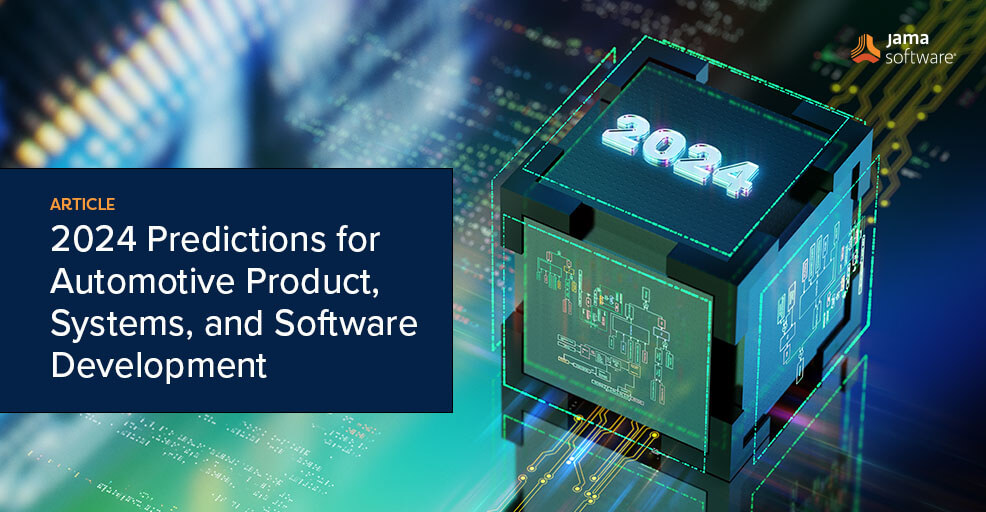
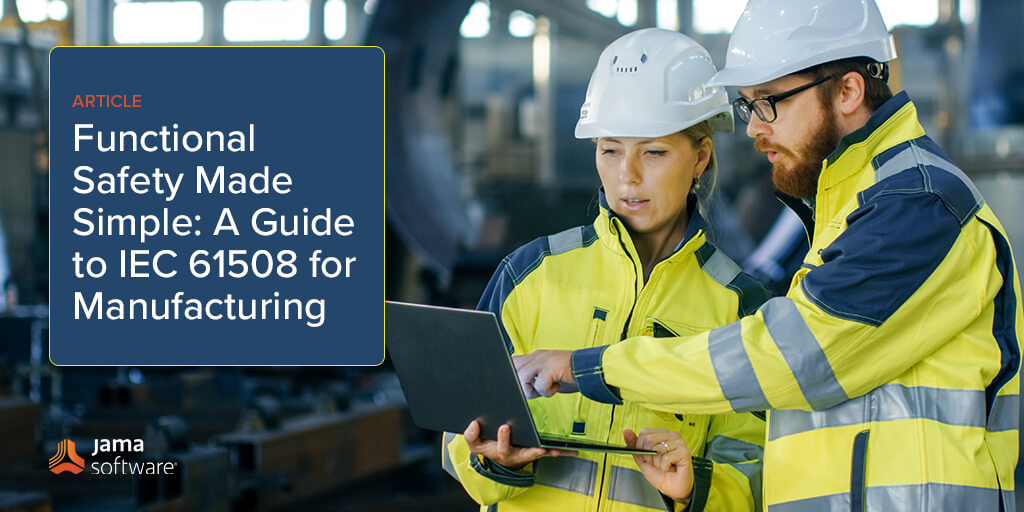
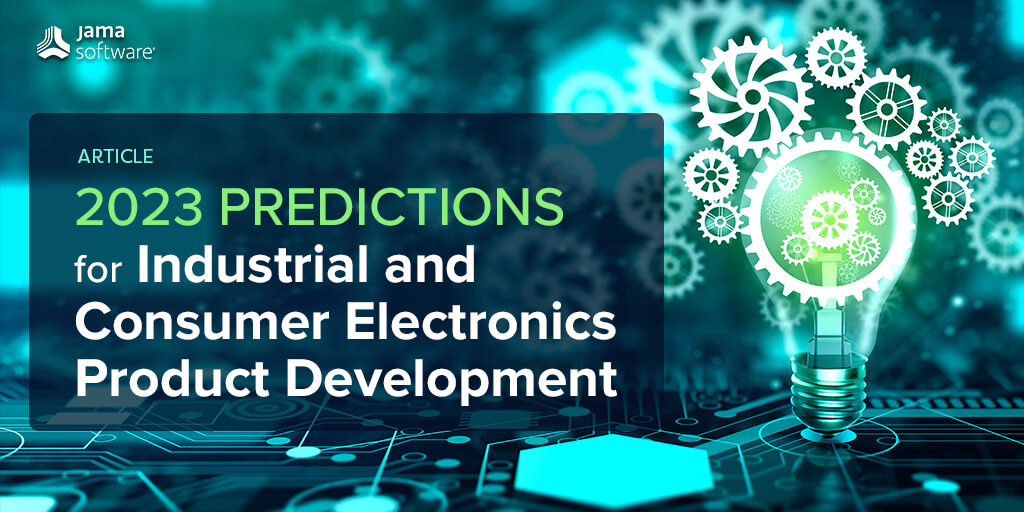
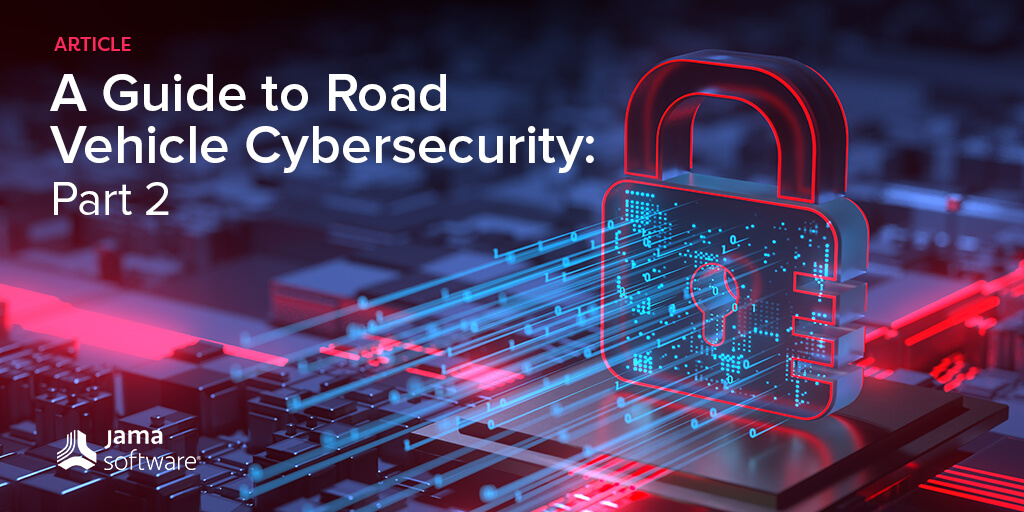
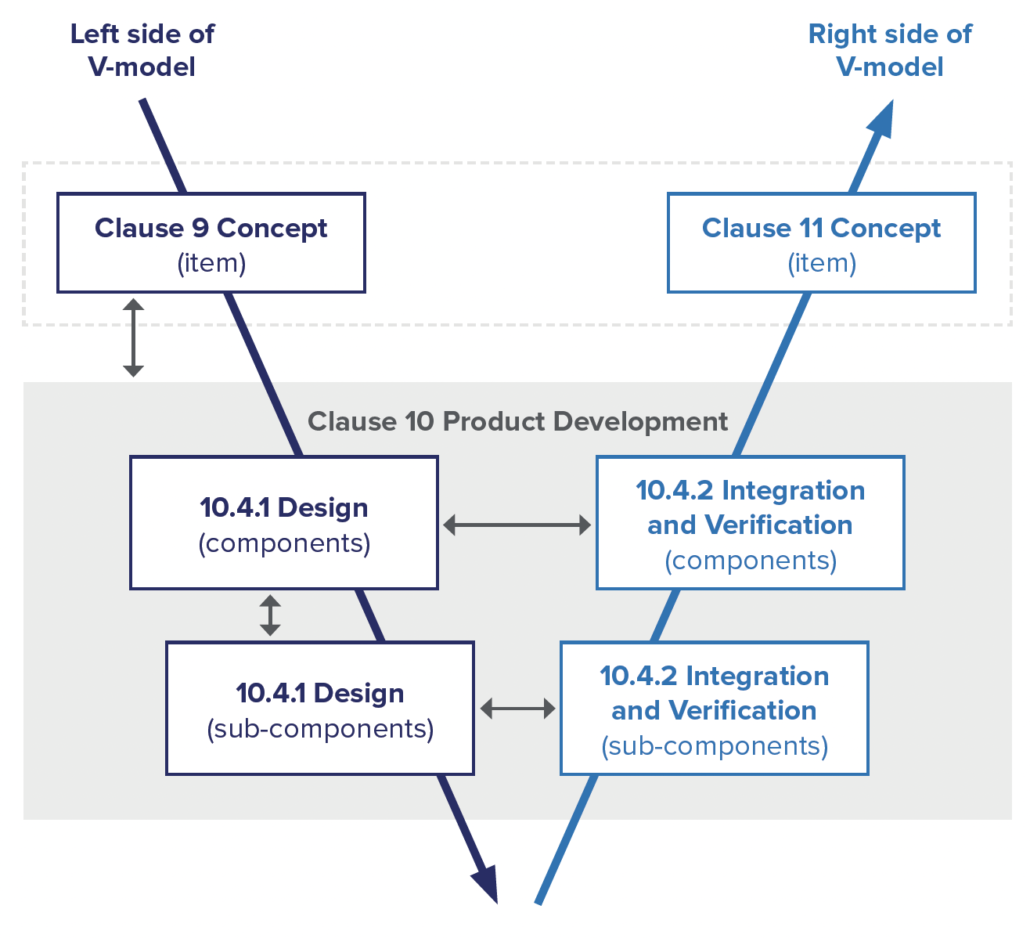
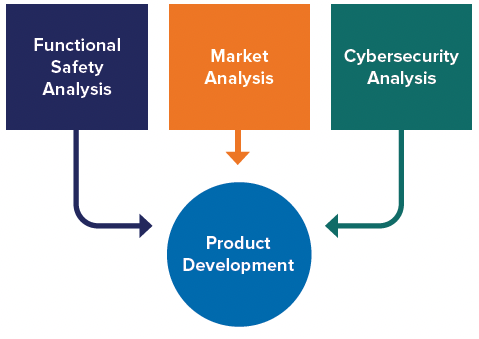
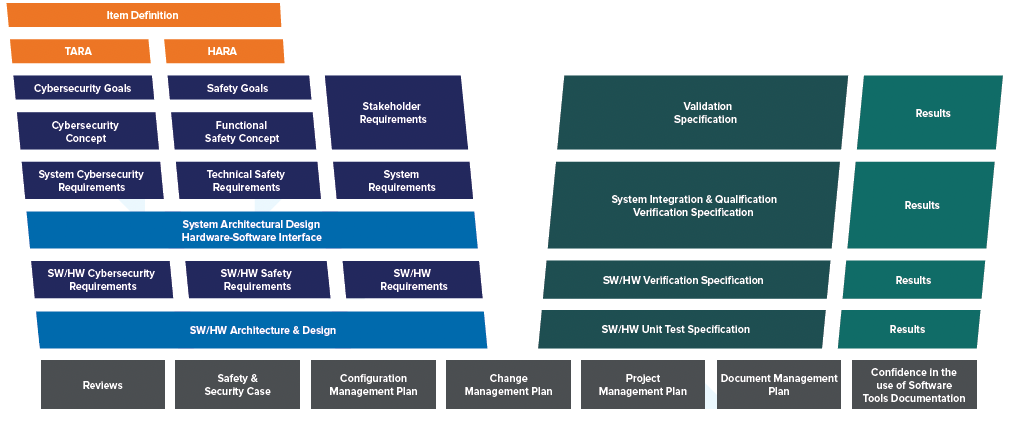
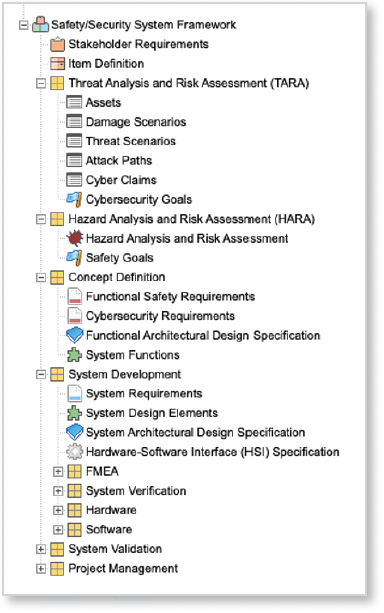
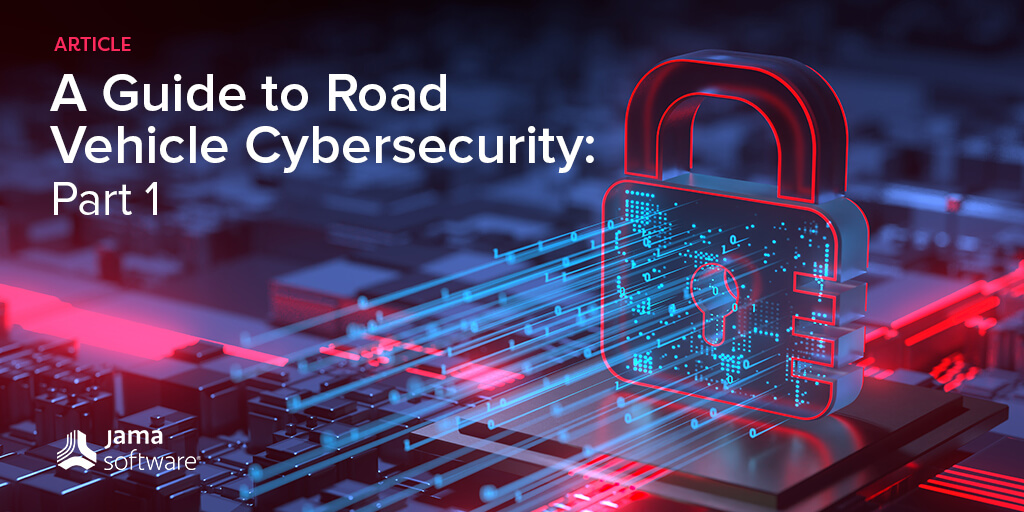
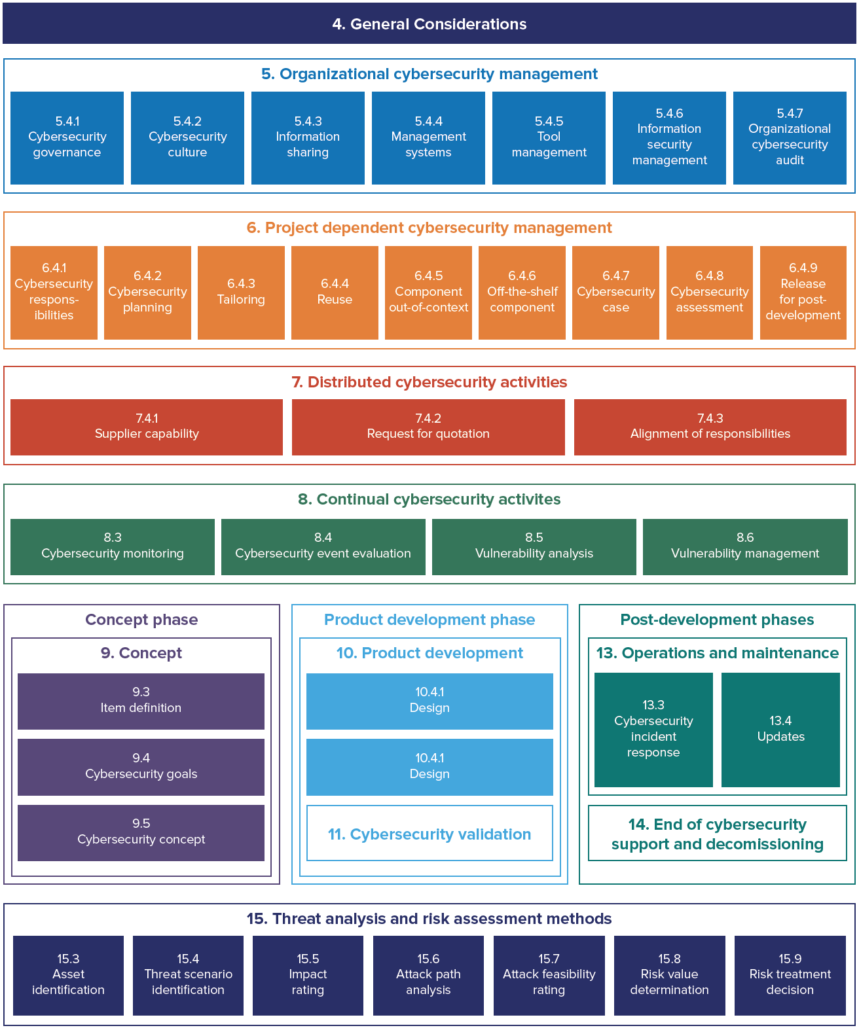
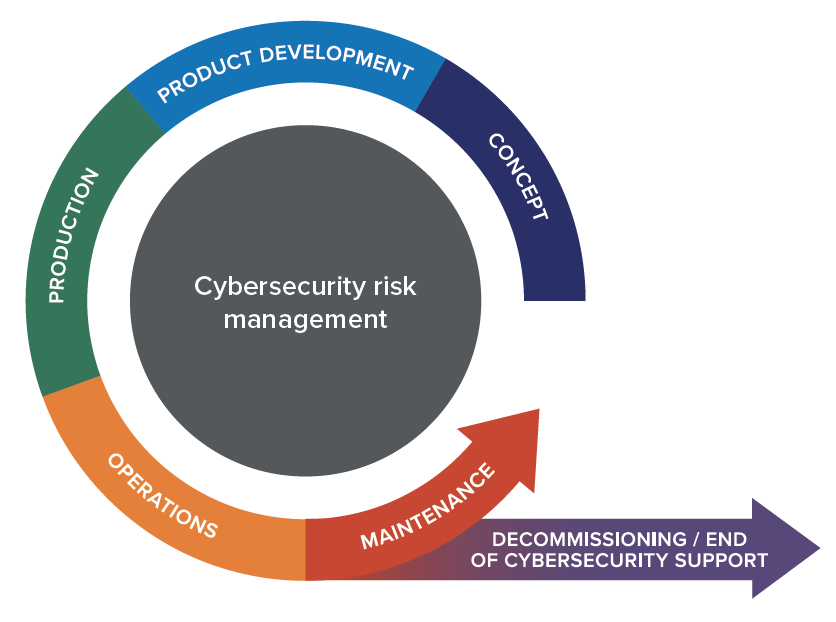


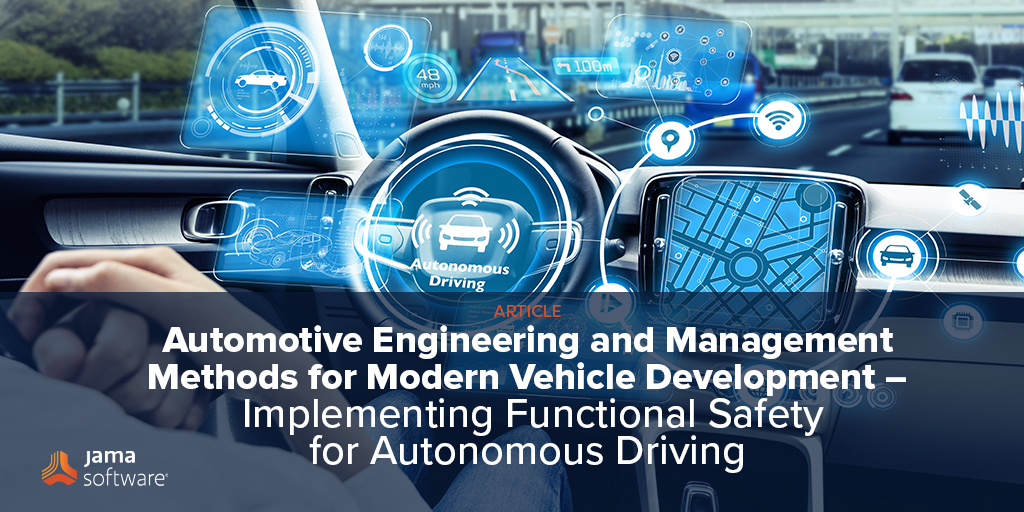
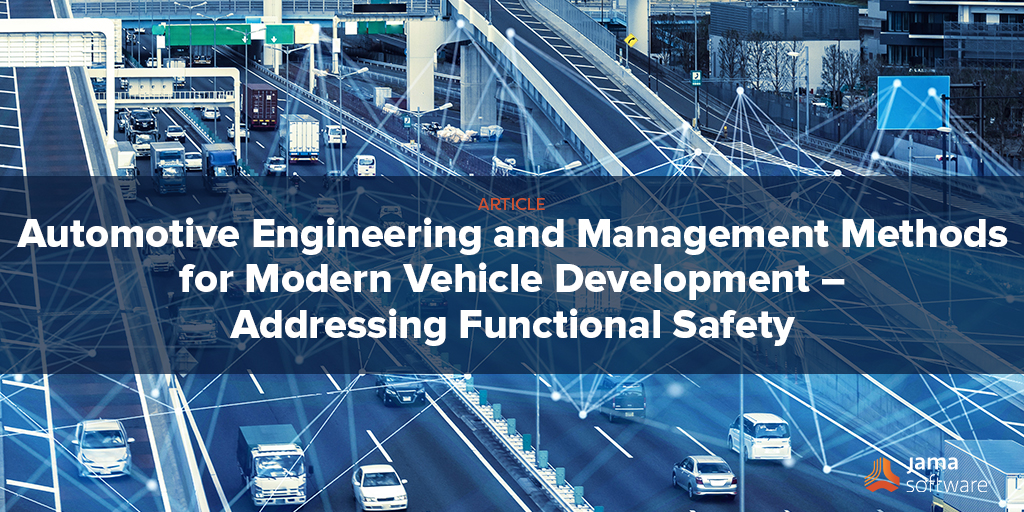 My last blog post covered why and how the automotive sector is changing fast over the last few years –
My last blog post covered why and how the automotive sector is changing fast over the last few years – 